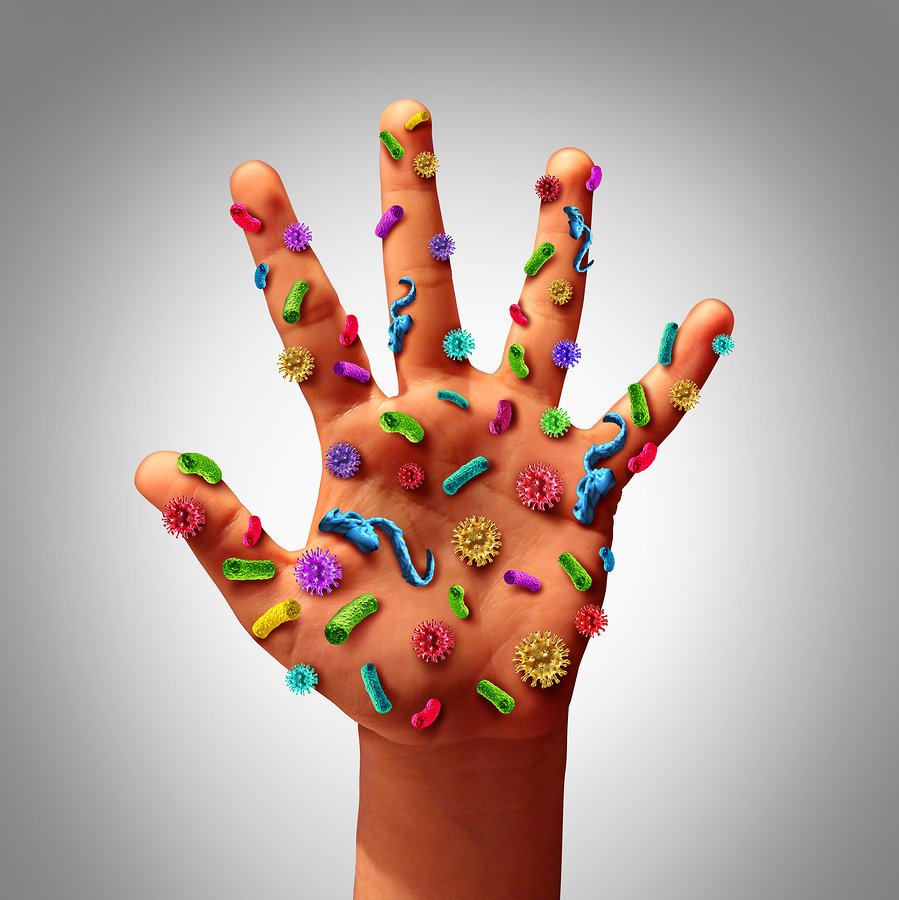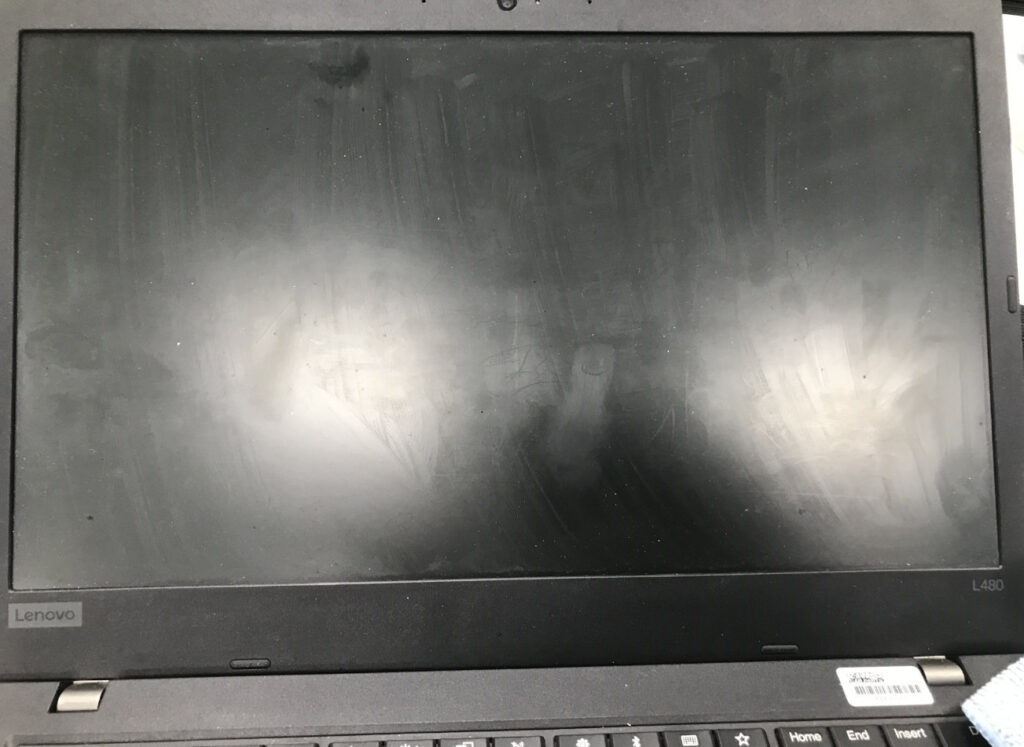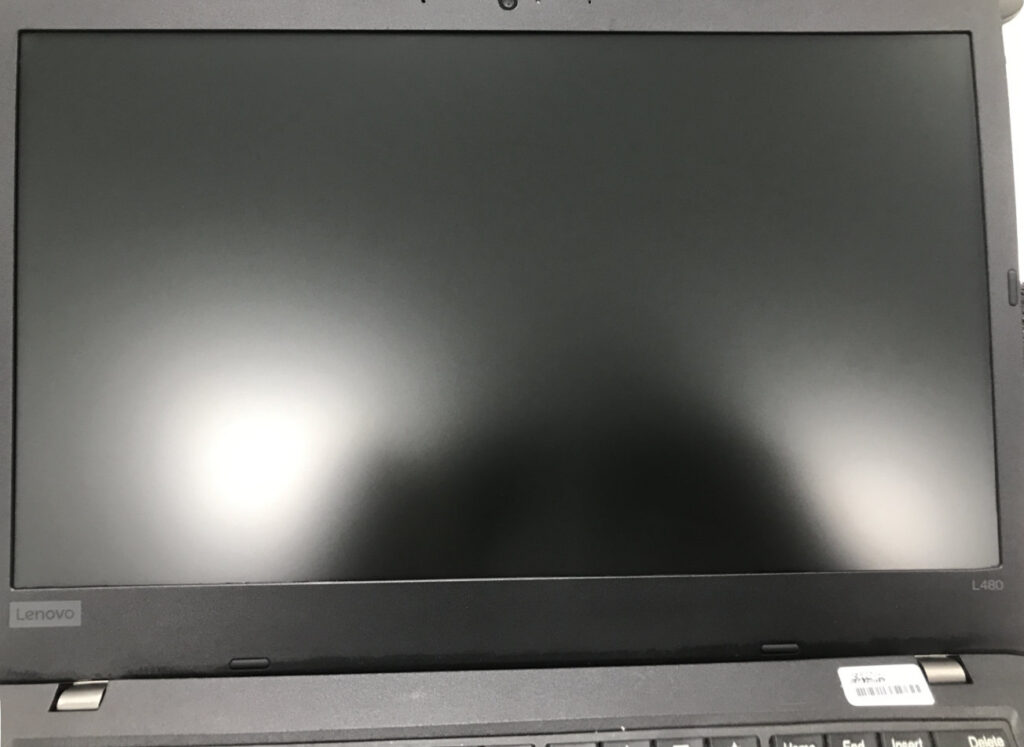Contaminated Keyboards
Say the word “keyboard” and you have most ergonomists thinking about repetitive motion injury prevention but add the words “H1N1 and Keyboards” in the same sentence and you have the attention of the workforce. Quick poll question: How often do you disinfect/clean your keyboard? Once a day? Once a week? Once a month? Was I supposed to?

Here’s another poll question: Which has more germs per square inch? …A toilet bowl, cell phone, Blackberry device, TV remote control, or your computer keyboard? Am I making my point? If not, try this one…Do you eat while typing on the computer? Do you put your fingers in your mouth while thinking? If your eyes feel tired, do you rub your eyes with your hand? Cold symptoms today? Do you blow your nose with a tissue and go right back to working on the keyboard? Do I have your attention now?
While repetitive motion injury prevention from computer keyboard and mouse usage is important to ergonomists, preventing the spread of flu, via the keyboard, should be important to everyone. In light of the present pandemic flu season, with a Spring surge expected, one must consider how easily colds, flu and other infectious diseases are transferred from contact with all office equipment. This includes phones, desks, keyboards and mouse. Realising just how often fingers touch computer keyboards, it's not surprising that research studies are finding that keyboards are a galaxy of germs just waiting for transport from the keys to your body, via your nose, mouth and eyes. Workers coming to work with symptoms (presenteeism) can infect others in the office and leave a trail of viruses on every surface they touch, some which can survive up to three days.
Germ studies conducted by Dr. Charles Gerba, University of Arizona, found that phones, desktop surfaces, keyboards, mice, fax machines, copy machines, and toilet seats all contain germs that can make us sick. In Gerba’s 2006 study, samples were collected from private offices and cubicles in office buildings located in Washington, D.C., Los Angeles, San Francisco, Oregon and New York City. A total of 113 surfaces were tested and analyzed at the University of Arizona laboratories. Here is the germ count found:
- Phone: 25,127 germs per square inch
- Desktop surface: 20,961 germs per square inch
- Keyboard: 3,295 germs per square inch
- Mouse: 1,676 germs per square inch
- Toilet seat: 49 germs per square inch
From a health and safety standpoint, it makes sense because custodial/EVS crews clean toilet seats frequently, using strong disinfectants that kill germs. Keyboards and other computer equipment rarely get cleaned for fear of disturbing someone's work. Keyboard and mice cleaning/sanitizing is usually left up to the employee, often as they feel necessary. Keyboards are receptacles of coughs and sneezes, as well as germs from unwashed fingers and hands from poor hygiene. This human factor/machine germ exchange not only occurs at work, but at home and schools as well. Most schools and family households have more than one shared computer.
Exposure: In February 2007, the Center for Disease Control (CDC) documented an outbreak of gastrointestinal disease attributable in part to a norovirus found on a shared elementary school computer keyboard and mouse (Morbidity and Mortality Weekly Report, CDC, Jan. 2008). The disease was contracted by 27 students and two faculty members at a Washington, D.C. elementary school.
Samples were taken from surfaces including toilets, faucets, water fountains, doorknobs, mice, keyboards, school utensils and toys. The CDC found that all the infected persons had been in one first grade classroom, where teachers and students shared computers. One computer mouse and keyboard in the first grade classroom had a norovirus identical to the virus contracted by the students and teachers. This 2007 outbreak was the first report of norovirus, commonly referred to as the stomach flu, detected on a computer mouse and keyboard.

Lunchtime Picnic with the Germ Family. Poll question: Do you eat lunch at your desk? A 2006 American Dietician Association survey found that 57 percent of workers eat/snack at their desks at least once a day. As our current economy pressures the workforce into working longer hours, coming to work when sick and packing a lunch to eat at the desk, our office can become known as the “Bacteria Cafeteria,” where germs are happy to partake in your delectable breakfast, lunch, and dinner menu.
Here is another poll question: Do you clean your desk before you eat/snack at the desk? The ADA survey also found that more than 75 percent of workers "only occasionally" clean their desks before eating and 20 percent never do. One cause of a bug-infested keyboard is eating lunch at your desk where food deposits encourage the growth of millions of bacteria. Poor personal hygiene such as not washing your hands after going to the restroom can also contribute.

